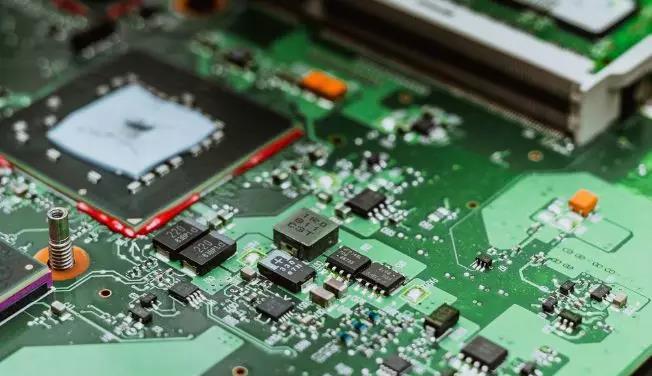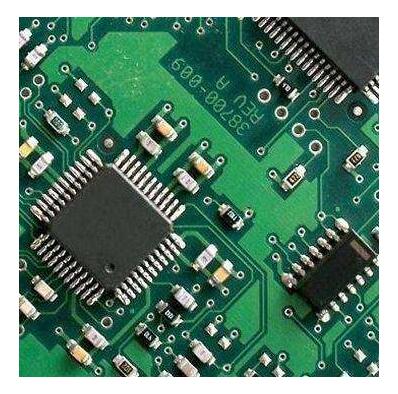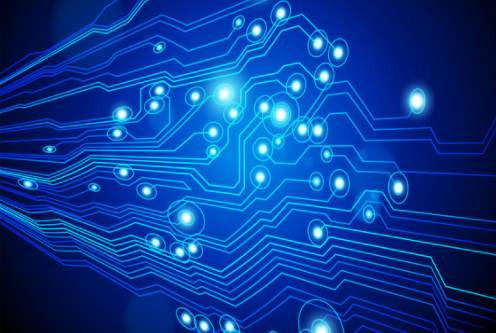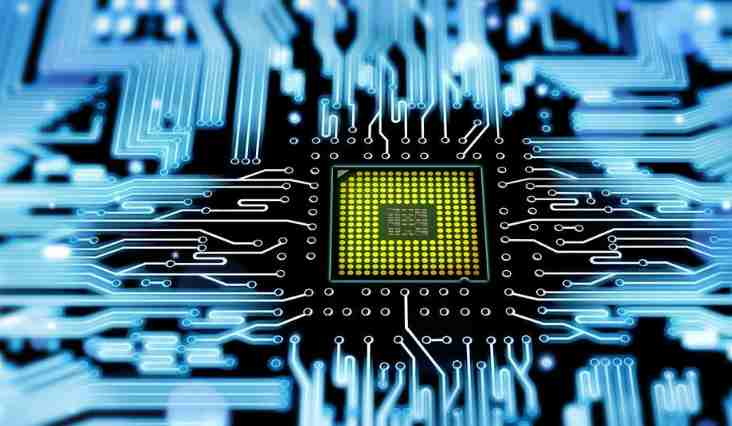
Plum pad
1: The fixed hole needs to be nonmetallic. During wave soldering, if the fixed hole is metallized, the hole will be blocked by tin during reflow soldering.
2. Fixing the mounting holes to make the plum welding pad is generally a GND network for the mounting holes, because generally PCB is coated with copper for the GND network. After installing PCB shell devices in the plum holes, the GND is connected to the earth, which makes the PCB circuit board shell play a shielding role in some occasions. Of course, some do not need to connect the mounting hole to the GND network.
3, the metal screw hole may be broken, resulting in ground and ungrounded zero boundary state, resulting in a wonderful abnormal system, plum hole, no matter how the stress changes, always can keep the screw grounded.

Cross stitch pad
Cross welding pad is also called hot welding pad, hot air welding pad, etc. Its function is to reduce the external heat dissipation of the welding disc in the welding, in order to prevent the virtual welding or PCB board peeling caused by excessive heat dissipation.
1. When your pad is ground. Cross flowers can reduce the area of ground wire connection, slow down the heat dissipation speed, convenient welding.
2. When your PCB is a machine patch and it is a reflow welder, the cross stitch pad will prevent the PCB from peeling (because more heat is needed to melt the solder paste).
Teardrop pad
The tear drop is the excessive connection between the solder pad and the wire or between the wire and the pilot hole. The purpose of setting the tear drop is to avoid the contact point between the wire and the solder pad or the wire and the pilot hole being disconnected when the circuit board is affected by a huge external force. In addition, setting the tear drop can also make the PCB board appear more beautiful.
The function of teardrop is to avoid the reflection caused by the sudden reduction of the signal wire width, so that the connection between the wire and the component pad tends to transition smoothly, which solves the problem that the connection between the pad and the wire is easy to break.
1, welding, can protect the pad, avoid multiple welding is the loss of the pad
2, strengthen the reliability of the connection (production can avoid uneven etching, hole deviation cracks, etc.)
3, smooth impedance, reduce the impedance of the sharp jump
In circuit board design, in order to make the pad stronger, to prevent mechanical plate when the pad and wire disconnect, often in the welding pad and wire with copper film arranged between a transition area, shaped like a tear drop, is often called tear drop
Discharge tooth

Have you ever seen someone else's switching power supply deliberately reserve serrated bare copper foil below the common-mode inductance, what exactly does it do?
This is called a discharge tooth, discharge gap, or spark gap.
The discharge gap is a pair of triangles pointing at an acute Angle opposite each other, with a maximum of 10mil and a minimum of 6mil between the fingertips. One triangle is grounded, the other is connected to the signal wire. This triangle is not a component, but is made by the use of copper foil layers in the PCB routing process. These triangles shall be arranged on the top layer of the PCB board and shall not be covered by solder proof paint.
In the switching power supply surge test or ESD test, both ends of the common mode inductor will produce high voltage and appear flying arc. If the distance between the two devices is too close, the surrounding devices may be damaged. Therefore, a discharge tube or varistor can be connected in parallel to limit its voltage, so as to play the role of arc extinguishing.
The effect of lightning protection devices is good, but the cost is high. Another method is to add discharge teeth at both ends of the common-mode inductor during PCB design, so that the inductor will discharge through the two discharge tips and avoid discharging through other paths, so as to minimize the impact on the surrounding and post-stage components.
The discharge gap does not need additional cost, it can be painted on the PCB board, but it needs to be paid special attention to is that this form of discharge gap for the air form of discharge gap, can only be used in the environment with occasional ESD. If used in the event of frequent ESD, the discharge gap will produce carbon on the two triangle points because of frequent discharge, and ultimately cause short circuit on the discharge gap, and cause permanent short circuit of the signal line to the ground, resulting in system failure









